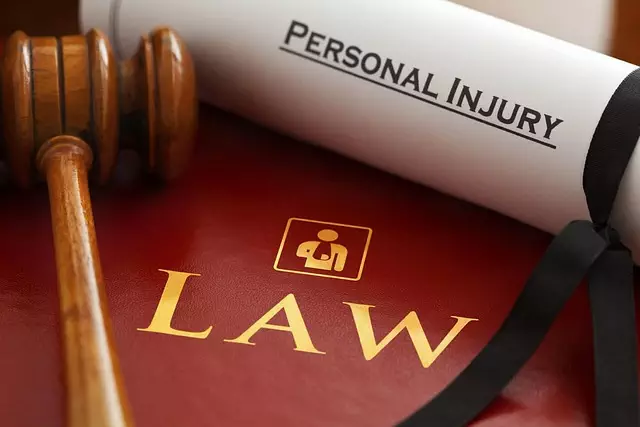In Manhattan, cyclists have specific legal protections under brain and injury law NYC, including the right to occupy a full lane and make left turns like motor vehicle drivers. Understanding these regulations is vital for both cyclists and drivers to ensure safe navigation in the bustling city streets, preventing accidents involving vulnerable road users. The city's infrastructure improvements, such as bike lanes and protected intersections, further enhance safety and provide legal clarity in case of collisions.
In Manhattan, cyclists play a vital role in the bustling city landscape. This introduction explores the intricate web of cyclist rights and laws, with a particular focus on brain and injury perspectives from a New York City (NYC) standpoint. Understanding the right of way for cyclists is crucial to ensuring safe streets and reducing accidents. We’ll delve into navigating these rules, especially in light of potential brain injuries, offering insights tailored to NYC’s unique urban environment.
- Understanding Cyclist Rights and Laws in Manhattan
- Navigating Right of Way: Brain and Injury Law NYC Perspective
Understanding Cyclist Rights and Laws in Manhattan

In Manhattan, cyclists have specific rights and laws that govern their usage of public roads alongside motor vehicles. Understanding these regulations is crucial for both cyclists and drivers alike to ensure safe navigation within the city’s bustling streets. New York City, with its vibrant cycling culture, has implemented laws that prioritize cyclist safety, often referred to as “bicycle-friendly” policies. These rules are designed to protect cyclists from potential brain and injury law NYC cases resulting from traffic accidents.
Cyclists in Manhattan have the same rights as drivers, including the right to occupy a full lane when necessary for safety. They can also make left turns just like cars, and there are designated bike lanes on many city streets, further emphasizing the city’s commitment to cyclist safety. Awareness of these laws empowers cyclists to protect themselves, while drivers need to be extra vigilant in their awareness to prevent accidents involving these vulnerable road users.
Navigating Right of Way: Brain and Injury Law NYC Perspective

In Manhattan, navigating the cyclist right of way can be a complex legal landscape, especially with the city’s dense traffic and vibrant cycling culture. From the perspective of brain and injury law NYC, understanding these rules is paramount to ensuring safety and mitigating potential liabilities. Cyclists, like any other road users, have specific rights and responsibilities. According to New York City laws, cyclists are considered vehicles and are subject to similar traffic regulations. This includes signal lights, stop signs, and yield requirements, with the added consideration of sharing the road with motor vehicles and pedestrians.
Brain and injury law NYC experts emphasize that while cyclists have rights, they also need to exercise caution and awareness. Right of way rules can vary at intersections and in certain scenarios, such as when turning or overtaking. Cyclists must be adept at judging distances and speeds, especially when approaching busy streets or navigating through traffic signals. Additionally, New York City has implemented various cycling infrastructure improvements, including bike lanes and protected intersections, to enhance cyclist safety and clarify right of way. These measures not only encourage cycling but also provide legal clarity in the event of accidents involving cyclists, motorists, and pedestrians.
In navigating the intricate web of traffic laws in Manhattan, understanding a cyclist’s right of way is paramount. By adhering to both local regulations and the principles outlined in brain and injury law NYC, all road users can contribute to making the city’s streets safer for cyclists. Remember, knowledge of your rights and responsibilities is key to fostering a harmonious sharing of the road, ensuring everyone arrives at their destination unharmed.
